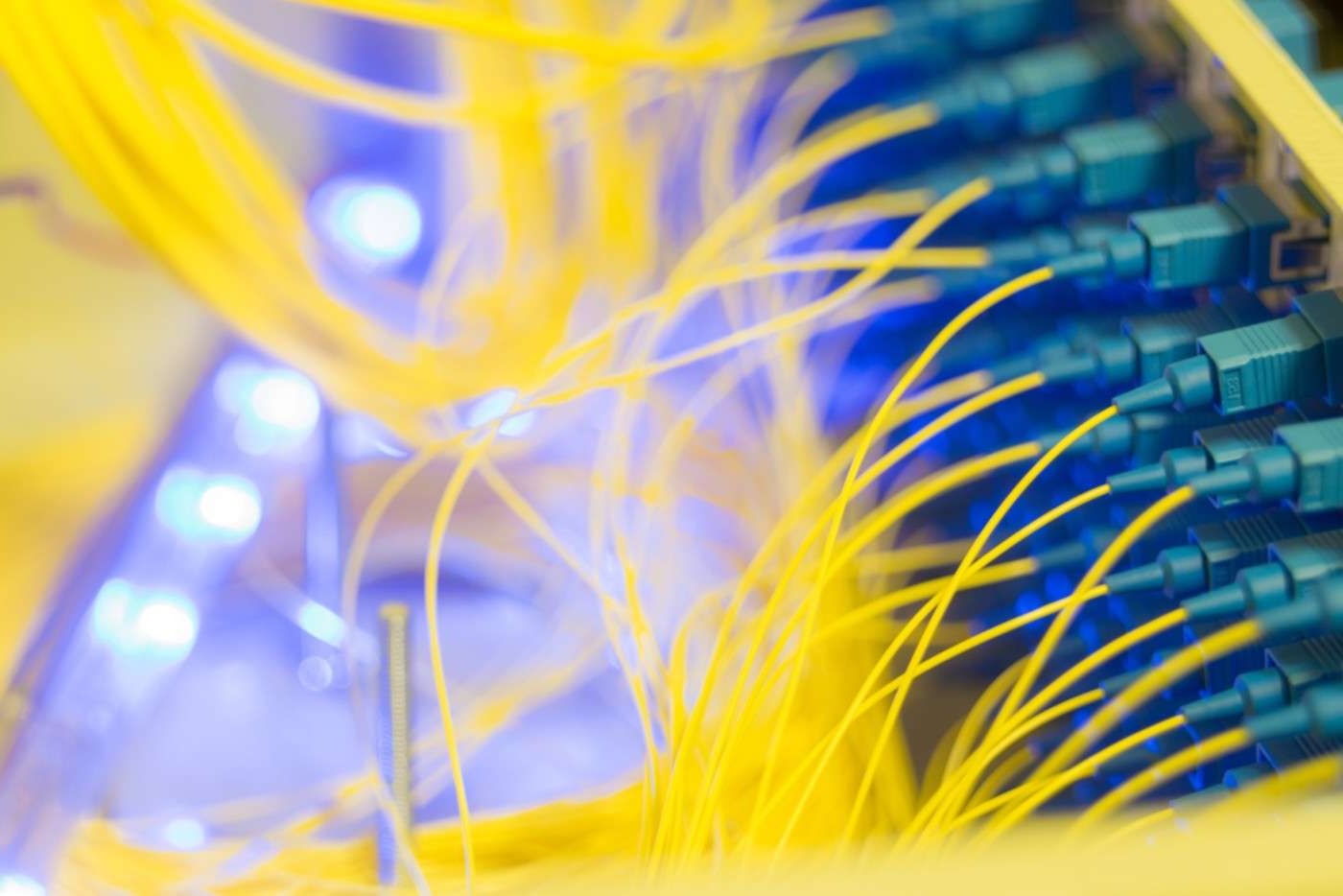
FDDI, or Fiber Distributed Data Interface, is a set of standards for data transmission on fiber optic lines in a local area network (LAN). It can extend up to 200 kilometers and supports data rates of up to 100 Mbps. This technology was widely used in the 1990s for backbone networks due to its high speed and reliability. But what makes FDDI so special? Why did it become a cornerstone in networking history? This article will delve into 26 intriguing facts about FDDI, shedding light on its architecture, advantages, and the reasons behind its decline. Whether you're a tech enthusiast or just curious, these facts will give you a comprehensive understanding of this once-revolutionary technology.
What is FDDI?
Fiber Distributed Data Interface (FDDI) is a set of standards for data transmission on fiber optic lines in a local area network (LAN). It can extend up to 200 kilometers and is known for its high speed and reliability.
- FDDI was developed in the mid-1980s by the American National Standards Institute (ANSI).
- It operates at a speed of 100 Mbps, which was quite fast for its time.
- FDDI uses a dual-ring architecture, providing a primary and secondary ring for data transmission.
- The secondary ring acts as a backup in case the primary ring fails, ensuring network reliability.
- FDDI can support thousands of users, making it suitable for large organizations.
- It uses a token-passing protocol to manage data transmission, reducing the chances of data collisions.
How FDDI Works
Understanding the mechanics of FDDI helps appreciate its efficiency and reliability. The dual-ring structure and token-passing protocol are key components.
- Data travels in one direction on the primary ring and in the opposite direction on the secondary ring.
- The token-passing protocol ensures that only one device can send data at a time, preventing data collisions.
- Each device on the network must wait for a token before it can send data, which helps manage network traffic.
- If the primary ring fails, the system automatically switches to the secondary ring without interrupting data transmission.
- FDDI can integrate with other network types, such as Ethernet, through bridges and routers.
FDDI Components
Several components make up an FDDI network, each playing a crucial role in its operation. These include stations, concentrators, and optical fibers.
- Stations are the devices connected to the FDDI network, such as computers and servers.
- Concentrators are hubs that connect multiple stations to the network, managing data flow.
- Optical fibers are the medium through which data travels, offering high-speed transmission and resistance to electromagnetic interference.
- FDDI networks can also use copper cables, known as CDDI (Copper Distributed Data Interface), for shorter distances.
- The maximum distance between two stations on an FDDI network is 2 kilometers when using multimode fiber.
Advantages of FDDI
FDDI offers several benefits that make it a preferred choice for certain applications. Its high speed, reliability, and scalability are significant advantages.
- The dual-ring architecture provides redundancy, ensuring continuous network operation even if one ring fails.
- High-speed data transmission at 100 Mbps makes it suitable for bandwidth-intensive applications.
- FDDI's ability to cover long distances up to 200 kilometers makes it ideal for large campuses or metropolitan area networks.
- The token-passing protocol reduces data collisions, improving overall network efficiency.
- FDDI can support a large number of users, making it scalable for growing organizations.
Applications of FDDI
FDDI is used in various applications, from corporate networks to educational institutions. Its reliability and speed make it suitable for critical operations.
- Large corporations use FDDI for their internal networks, benefiting from its high speed and reliability.
- Educational institutions, such as universities, use FDDI to connect multiple campuses.
- Government agencies rely on FDDI for secure and efficient data transmission.
- FDDI is also used in industrial settings where robust and reliable network performance is essential.
- Some Internet Service Providers (ISPs) use FDDI to provide high-speed internet services to their customers.
Final Thoughts on FDDI
FDDI, or Fiber Distributed Data Interface, revolutionized network communication in the '80s and '90s. It provided high-speed data transfer, reaching up to 100 Mbps, which was groundbreaking at the time. Using fiber optic cables, it ensured reliable and efficient data transmission over long distances, making it ideal for large organizations and campuses.
Despite being largely replaced by faster technologies like Ethernet, FDDI's impact on networking can't be overstated. It laid the groundwork for modern high-speed networks, showcasing the potential of fiber optics. Understanding FDDI helps appreciate the evolution of network technologies and the strides made in data communication.
So, next time you enjoy seamless internet or quick data transfers, remember the role FDDI played in paving the way for today's advanced networks. Its legacy lives on in the robust, high-speed connections we often take for granted.
Was this page helpful?
Our commitment to delivering trustworthy and engaging content is at the heart of what we do. Each fact on our site is contributed by real users like you, bringing a wealth of diverse insights and information. To ensure the highest standards of accuracy and reliability, our dedicated editors meticulously review each submission. This process guarantees that the facts we share are not only fascinating but also credible. Trust in our commitment to quality and authenticity as you explore and learn with us.
